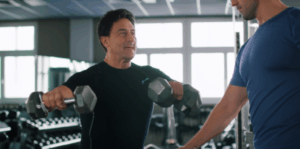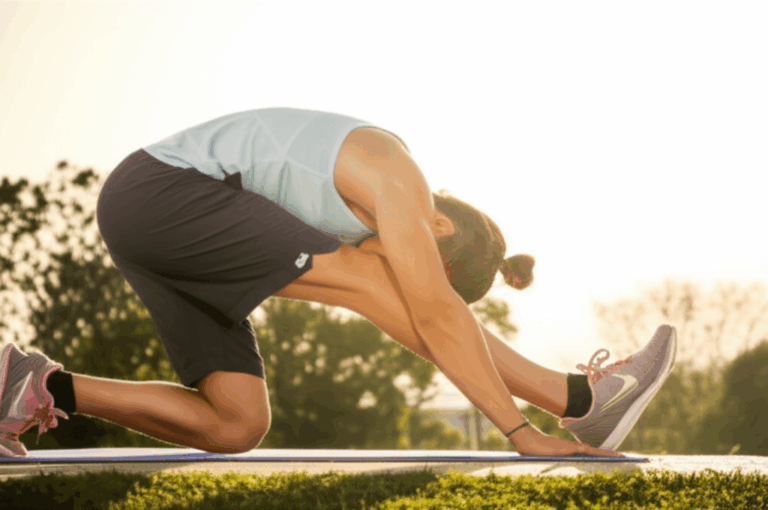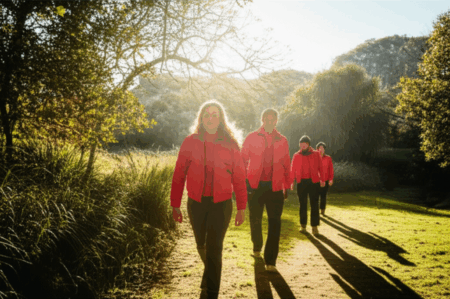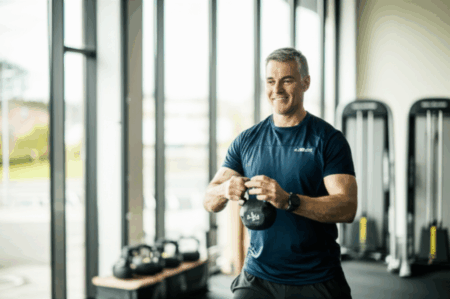Before diving into any workout, a proper warm-up is your body’s essential preparation. Skipping this crucial step can not only diminish your performance but also increase your risk of injury. Think of it as gently waking up your muscles and mind, rather than jolting them into action. A well-executed warm-up signals to your body that it’s time to move, gradually increasing your heart rate, blood flow, and muscle temperature.
This process widens blood vessels, ensuring your muscles receive ample oxygen, and improves the flexibility and efficiency of your muscles. It also helps lubricate your joints and loosen connective tissues, preparing them for more vigorous activity. In short, a few minutes of targeted warm-up moves can make a significant difference in how you feel during and after your exercise routine.
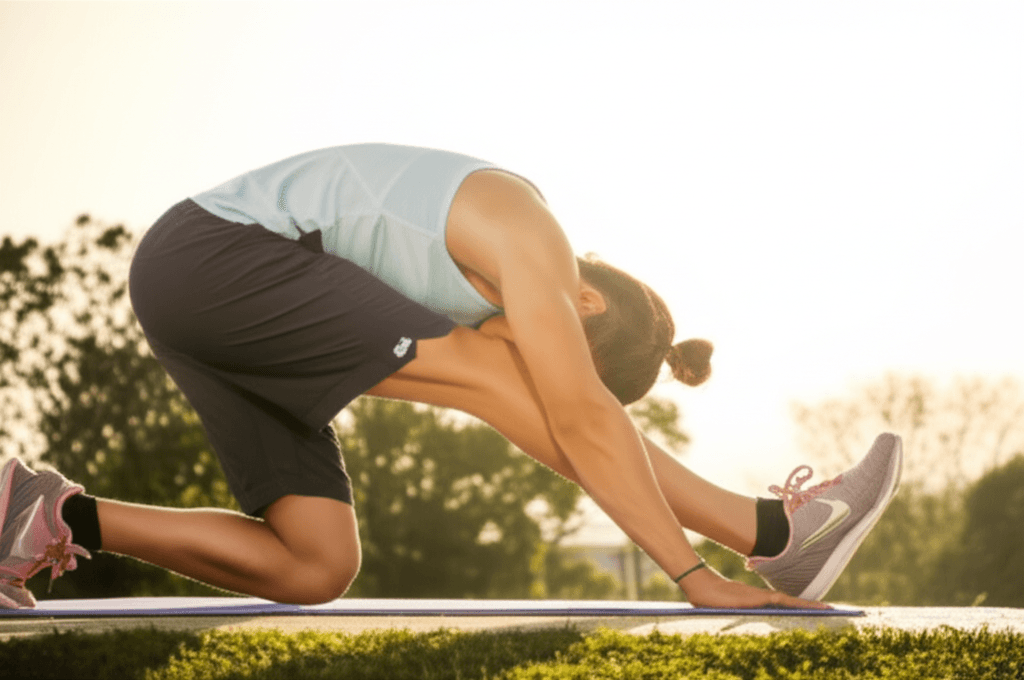
The Importance of a Pre-Workout Warm-Up
A proper warm-up is more than just a suggestion; it’s a fundamental component of a safe and effective fitness regimen. Its benefits are numerous and impactful:
- Injury Prevention: Warming up increases blood flow to your muscles, making them more pliable and less prone to strains, sprains, and tears. It also lubricates joints, reducing injury risk.
- Enhanced Performance: By gradually elevating your heart rate and body temperature, a warm-up prepares your cardiovascular and respiratory systems for the demands of exercise. This leads to improved oxygen delivery to muscles, boosting their elasticity, mobility, and overall power and efficiency.
- Improved Flexibility and Range of Motion: Dynamic stretches, a key part of warming up, actively move your joints and muscles through their full range, which is crucial for increasing mobility and reducing stiffness.
- Mental Readiness: A warm-up period also offers a chance to mentally prepare for your workout, enhancing focus and coordination.
Dynamic vs. Static Stretching for Warm-ups
It’s important to distinguish between dynamic and static stretching for your warm-up. Dynamic stretches involve continuous movement through a range of motion, mimicking the movements you’ll perform in your workout. These are ideal for warming up as they increase blood flow and muscle temperature. Examples include arm circles, leg swings, and walking lunges.
Static stretches, on the other hand, involve holding a stretch for an extended period (typically 20-30 seconds or more). While excellent for improving overall flexibility and used during the cool-down phase, performing static stretches before a workout can actually temporarily decrease muscle strength and power, potentially impairing performance and even increasing injury risk. Therefore, prioritize dynamic movements for your pre-workout routine.
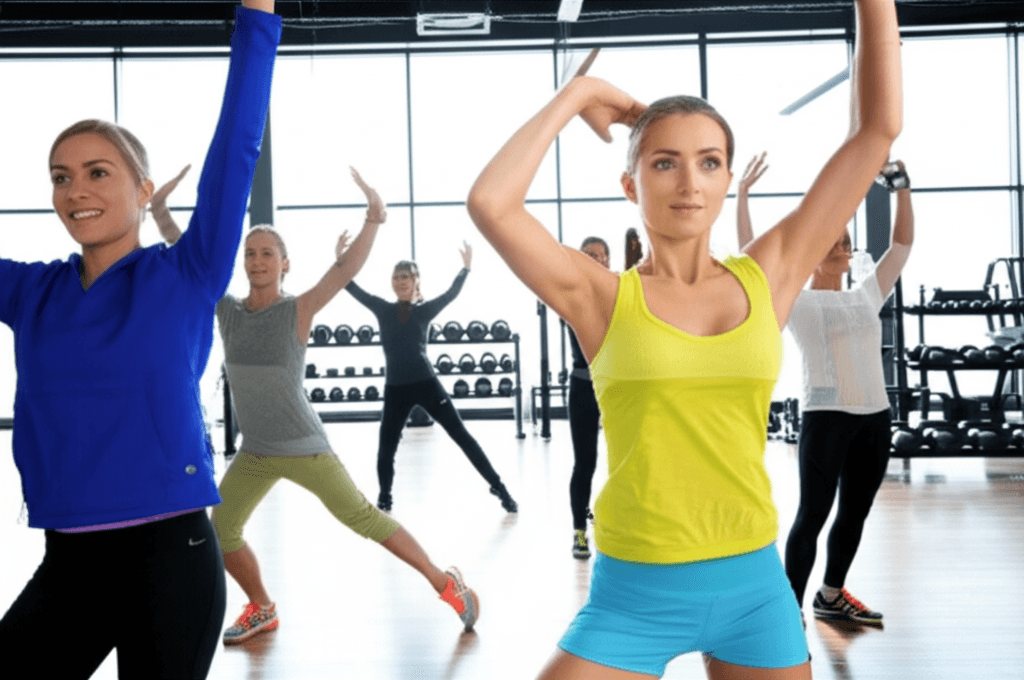
How Long Should Your Warm-Up Be?
A general guideline suggests warming up for 5 to 10 minutes at a low to moderate intensity. The more intense your planned workout, the longer and more thorough your warm-up should be. For instance, a high-intensity interval training (HIIT) session might warrant 8-12 minutes, while a lower-intensity cardio session might only need 4-6 minutes. The goal is to gradually raise your heart rate and body temperature without causing fatigue.
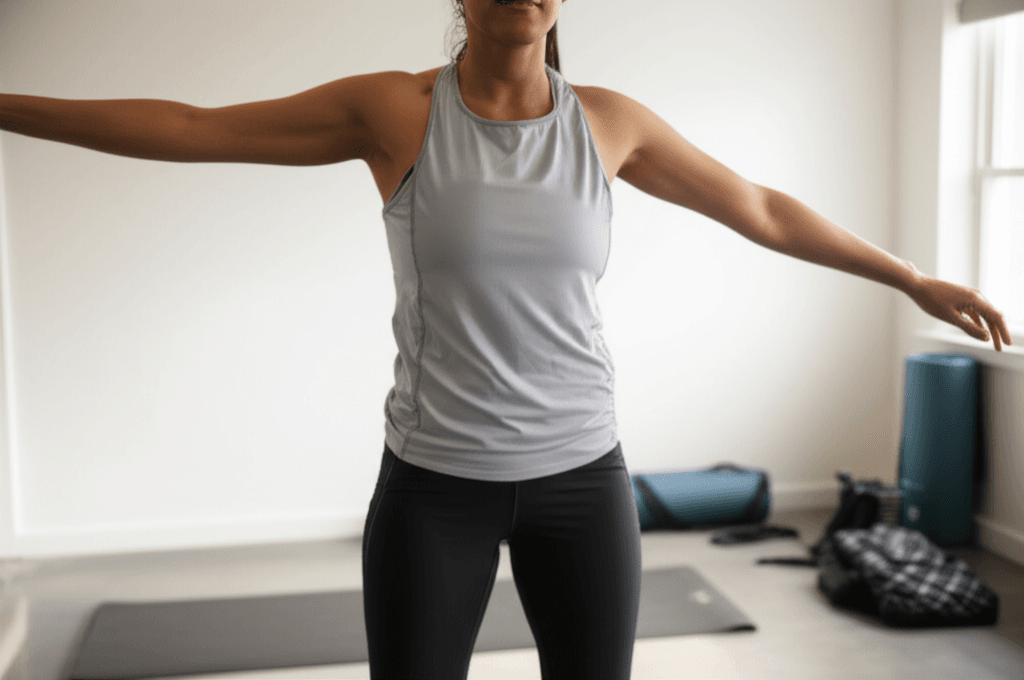
Simple Warm-Up Moves to Get Started
Here are some effective and simple dynamic warm-up exercises that target your entire body, preparing you for a variety of routines. Aim for 10-15 repetitions or 30-60 seconds per movement.
Full-Body Activation
- Jumping Jacks: A classic for a reason, jumping jacks quickly elevate your heart rate and warm up your entire body, engaging the core, legs, and arms.
- How to: Stand with feet together, arms at your sides. Jump your feet out to the sides while simultaneously raising your arms overhead. Jump back to the starting position.
- Marching or Jogging in Place: Begin with a light march, then gradually transition into a gentle jog. Pump your arms in rhythm with your steps to engage your upper body as well.
- How to: Start by marching slowly, lifting knees. Gradually increase pace, bringing knees higher and swinging arms.
- Arm Circles: This move warms up the shoulders, upper back, and chest.
- How to: Stand with feet shoulder-width apart, arms extended straight out to the sides at shoulder height. Make small circles forward, gradually increasing the size. After 10-15 circles, reverse direction.
- Arm Swings (Arm Crossovers): This helps loosen the chest, shoulders, and upper back.
- How to: Stand tall with feet shoulder-width apart, arms extended forward parallel to the floor. Swing your arms across the center of your chest, letting them criss-cross, then swing them back out, opening your chest. Alternate which arm crosses on top.
Lower Body Warm-Up
- Leg Swings: Targets hip flexors, hamstrings, quads, and calves, improving hip mobility.
- How to: Stand next to a wall or chair for support. Swing one leg forward and backward in a controlled motion. After 10-15 swings, switch to swinging the leg side to side. Repeat on the other leg.
- High Knees: Engages core, quads, and hip flexors, increasing heart rate and agility.
- How to: March or jog in place, bringing your knees up towards your chest. Aim to tap your opposite hand with your knee.
- Butt Kickers: Activates hamstrings and glutes while elevating heart rate.
- How to: Jog in place, bringing your heels up towards your glutes with each step.
- Alternating Lunges: Works quads, hamstrings, glutes, and calves, promoting strength and flexibility.
- How to: Step forward with one foot, lowering your body until both knees are bent at a 90-degree angle. Push off your front foot to return to standing, then repeat with the other leg. Focus on keeping your torso upright.
- Bodyweight Squats: Warms up hips, glutes, and legs, and can improve technique at lower intensities.
- How to: Stand with feet shoulder-width apart. Hinge at your hips and bend your knees as if sitting in a chair, keeping your chest up. Stand back up.
Core & Upper Body Warm-Up
- Torso Twists (Trunk Twists): Prepares the core, obliques, and spine for rotational movements.
- How to: Stand with feet shoulder-width apart, hands on hips or arms bent at 90 degrees. Gently twist your torso from side to side, keeping your hips relatively stable.
- Inchworm: This full-body exercise stretches hamstrings and activates the core, shoulders, and chest, improving flexibility and mobility.
- How to: Begin standing with feet shoulder-width apart. Hinge at your hips and reach your hands to the floor. Walk your hands forward into a plank position. Pause, then walk your hands back to your feet and stand up.
- Cat-Cow: A gentle spinal warm-up that improves mobility in the back and core.
- How to: Start on hands and knees. Inhale, drop your belly towards the floor, arch your back, and look up (Cow). Exhale, round your back towards the ceiling, tucking your chin to your chest (Cat).
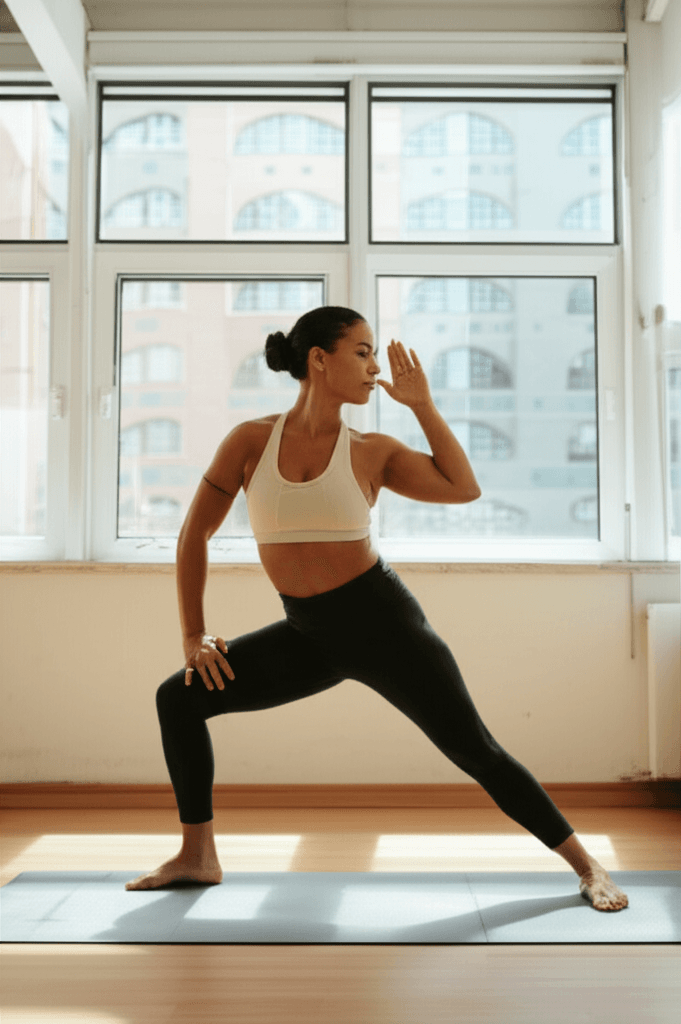
Listen to Your Body
While these are excellent general warm-up exercises, remember that your specific routine might vary based on the workout you’re about to do and your body’s individual needs. If you’re focusing on strength training, performing lighter sets of the exercises you plan to do (e.g., light squats before heavy squats) is also a crucial part of warming up.
By dedicating 5-10 minutes to these simple dynamic movements, you’ll effectively prepare your body for exercise, enhance your performance, and significantly reduce your risk of injury. Don’t skip this vital step; your body will thank you for it!


